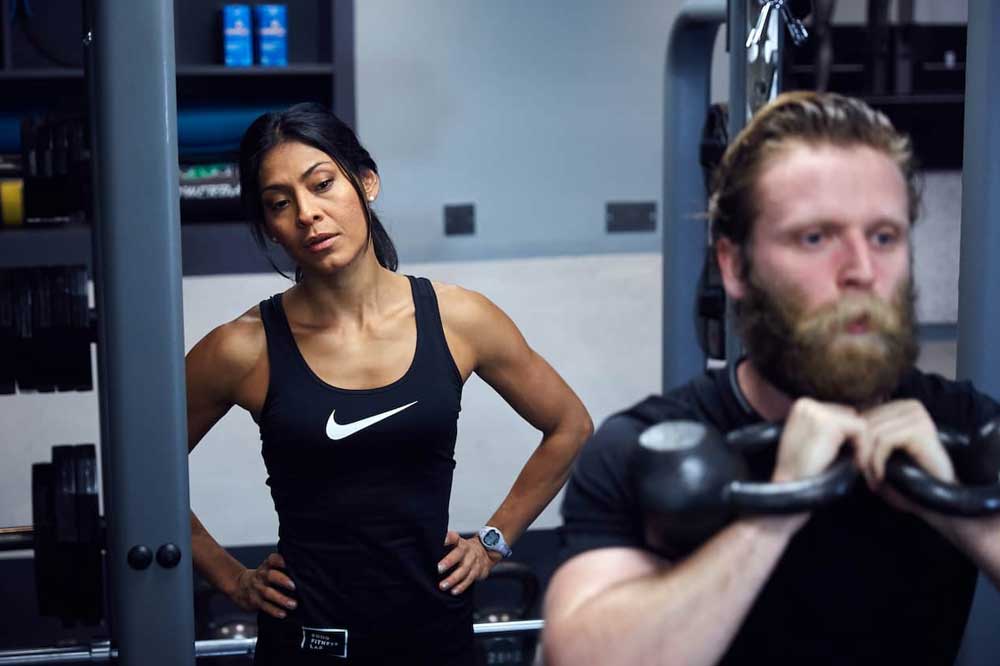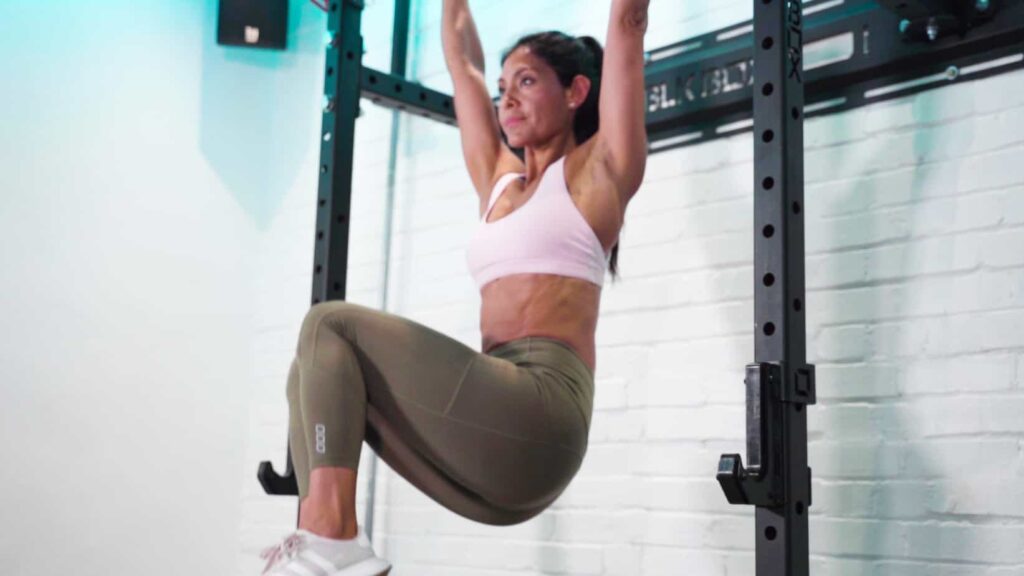Given how much carryover it has to day to day life, it is perhaps surprising how often grip strength training is overlooked. Chances are, your grip is challenged, or at least utilised, every day.
In this article we’re going to take a look at why grip strength is important and how you can incorporate grip strength training into your workout.
What are the benefits of improved grip strength?
If your goal is strength or aesthetics, your grip strength may be what is referred to as a ‘limiting factor’.
If your grip is weak, it’s likely that it will reach the point of failure on movements that involve holding a weight before the target muscle group. This is true of most pulling exercises, whether that be a pull up, row, deadlift or countless others.

Take a Romanian Deadlift for example, if your grip fails before your hamstrings and glutes are adequately stimulated, your hypertrophy goals may remain out of reach.
Outside of the gym, a weak grip may decrease your overall quality of life. Take a moment and consider how many day to day tasks require grip strength. Whether it be carrying shopping or a suitcase or opening a jar, your grip is challenged more often than you might realise.
These issues become even more pertinent as we get older and want to maintain a sense of independence.
Athletic performance has also been shown to benefit from improvements in grip strength. A stronger grip helps your performance in sports involving a racket or bat, as it allows you to withstand more force when you strike the ball. Activities like rock climbing also require significant grip strength, both in terms of allowing you to climb for longer periods but also in allowing you to grasp smaller surfaces more effectively.
What exactly is hand strength?

Grip, or hand strength, can be divided into three categories: crush grip, support grip, and pinch grip. The muscles of the forearms, biceps, hands, and fingers all play a role in developing a better grip.
Crush grip is the ability to squeeze something between your fingers and palm, think of shaking hands or holding a cricket bat or a heavy barbell.
Support grip is the ability to hold on to an object or hang from an object for an extended period of time. Think of carrying a suitcase or hanging from a pull up bar.
Pinch grip is the strength between the tips of your fingers and thumb. Rock climbing, throwing and opening the lids of jars all require pinch grip.
Can you improve grip strength?
You can improve your grip strength just like any other area, the same basic principles of specificity and progressive overload apply.
For well rounded grip strength you’ll start by establishing a baseline foundational; level, before focussing on muscular endurance (the ability to hold the laid for a certain length of time) and maximal strength (the ability to hold a maximal weight for a shorter amount of time.)
The amount of focus you place on each element will depend on what your goals are. If you’re training your grip for activities like rock climbing or for day to day functionality, endurance will be more important. If your grip training is a means to boosting your deadlift then maximal strength will be applicable.
What are some grip strength exercises?
To train different elements of your grip, different approaches will be needed. Below are a few different exercises you can do for total grip strength.
Crush Grip
Exercise 1: Hand Clench
Hold a tennis ball or stress ball in your hand using your four fingers, not the thumb. Clench your fingers into the ball and then release. Go high rep with these. Aim for 50 to start and work up to 100.
Exercise 2: Towel Wring
Soak a towel in water. Holding the towel horizontally, twist the towel to squeeze the water out. Keep twisting until it can’t be twisted anymore. Now, soak it again, and twist your arms in the other direction. Repeat three times in each direction for three sets.
Support Grip
Exercise 1: Dead Hang
Grab a pull-up bar using a double overhand grip and hang for as long as you can.
Exercise 2: Farmer’s Carry
Equipment Needed: two dumbbells, kettlebells or an open trap bar.
Hold a weight in each hand at your sides with palms facing in. Keeping your shoulders back and looking straight ahead, walk forward for a set distance. Brace your core throughout and focus on walking as normally as possible. Turn around and walk back to your starting point. That’s one set.
Pinch Grip
Exercise: Plate Pinch
Place a weight plate on its side on the ground. It should be balanced standing up. Squat down and grab the plate with only the fingertips of your right hand. Hold as long as possible, then squat down and repeat. Keep going until you can no longer hold the plate.
What does a grip strength workout look like?

The above exercises are grip specific movements, however for most trainees it may not be necessary to do a huge amount of direct grip work. Your crush grip and support grip will be challenged in movements like deadlifts, rows and pull ups. As long as you’re not using a training aid like straps to improve your grip for every exercise, your grip will more than likely be challenged sufficiently to stimulate strength gains.
That’s not to say straps shouldn’t be used, rather that they should be saved for when you absolutely need them.
Too much direct grip work may be detrimental to your overall training as it may mean your grip fatigues before the target muscle group. Therefore, unless you have a sport specific reason for training your grip directly, it may not be required.
Got any questions about grip strength? Feel free to contact us!

